Maya relics in world’s largest underwater cave system
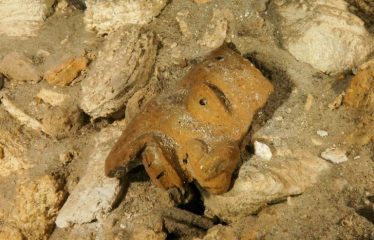
Archaeologists exploring recently discovered world’s largest underwater cave, located in Sac Actun and Dos Ojos, Mexico, discovered Maya relics and remains of Pleistocene fauna.

Archaeologists exploring recently discovered world’s largest underwater cave, located in Sac Actun and Dos Ojos, Mexico, discovered Maya relics and remains of Pleistocene fauna.
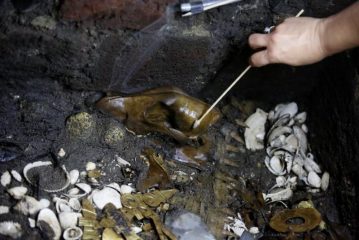
Archaeologists discovered a trove of gold artefacts buried with a wolf killed in a sacrifice ritual at a site adjacent to the Tempo Mayor, one of the main Aztec temples located in Mexico City.
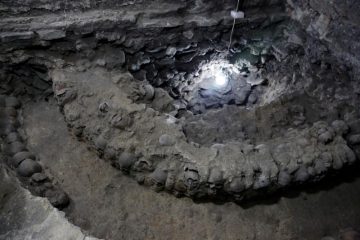
A tower of human skulls, consisting of heads of women and children, sacrificed by Aztecs was discovered near Templo Mayor, one of the main temples in the Aztec capital Tenochtitlan, existing before Mexico City.
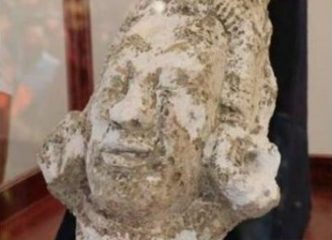
Local villagers unearthed an ancient Mayan artefact while clearing debris on privately-owned land in the city of Suchiapa, Chiapas, Mexico.

Possibly the oldest ever excavated palace in El Palenque, located in Mexico’s Valley of Oaxaca, has been unearthed by archaeologists. It was the local ruler’s residence and the seat of government.
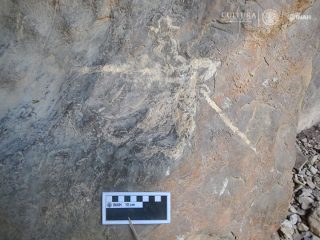
Possibly the oldest depictions of Spanish conquistadors, pictured in typical 16th century outfits, were found by archaeologists in five remote mountain caves in the State of Guerrero, Mexico.
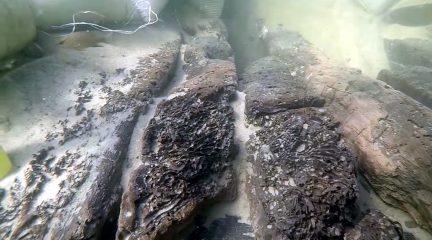
Archaeologists discovered remains of a 16th century ship that sunk in Pensacola Bay, West of Florida, USA. The wreck is one of the ships of a Spanish colonisation expedition sunk by a storm in 1559.
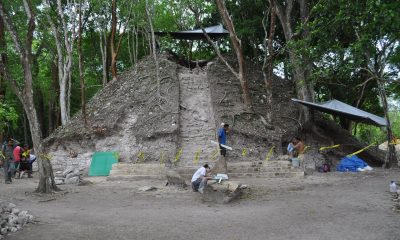
Archaeologists unearthed what may be the largest royal tomb at the ruins of Xunantunich, a city on the Mopan river in western Belize. The site served as a ceremonial centre in the final centuries of Maya dominance around 600 to 800AD.

Remains of a women, living 1600 years ago were discovered in an area called Tlailotlacan, near ancient ruins of Teotihuacan in Mexico. The teeth of the skeleton’s skull were encrusted with mineral stones and the skull shows signs of intentional deformation.
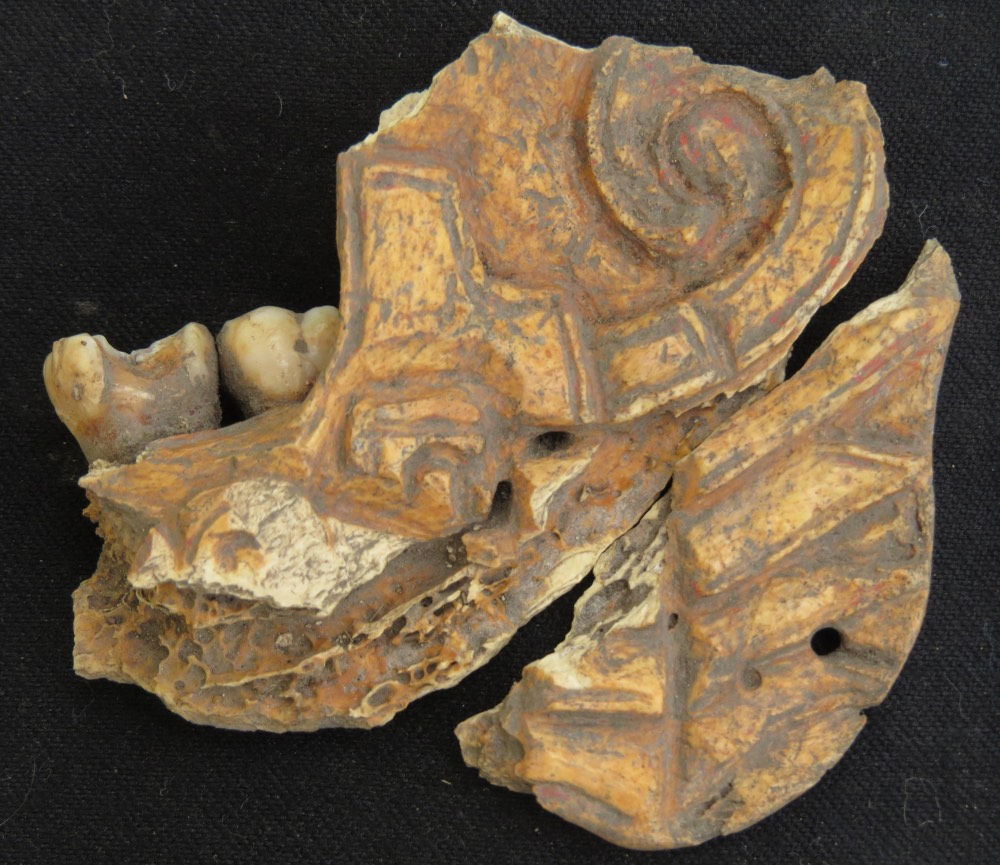
During archaeological works at an ancient residential complex at the site of Dainzú-Macuilxóchitl in the Oaxaca Valley (southern Mexico) unique artefacts were discovered. Painted human mandibles were found that may have been worn like necklace pendants. They date back ca. 1300 years.